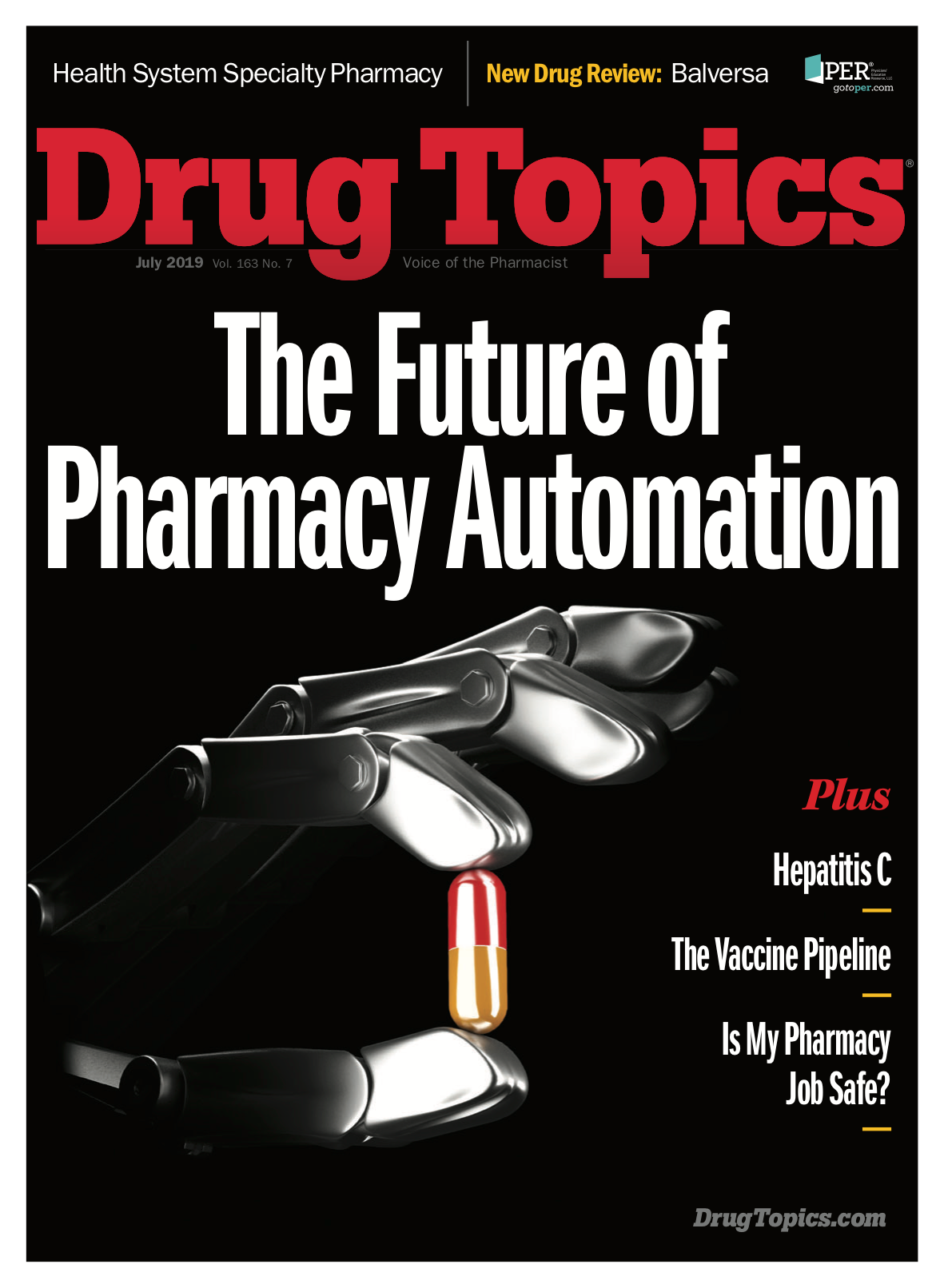Health System Specialty Pharmacies Enhance Services and Savings
By 2020, industry experts believe specialty drugs will account for 50% of U.S. spending on pharmaceuticals.

Spending for specialty pharmaceuticals continues to rise, with the front-runners like CVS Specialty and Accredo generating more than $30 billion in annual revenues in 2018 alone. By 2020, industry experts believe specialty drugs will account for 50% of U.S. spending on pharmaceuticals.
Health systems and hospitals have been watching this trend and are entering the specialty drug dispensing industry. According to an analysis by Adam Fein of Drug Channels, “about one-quarter of all accredited specialty pharmacy locations are owned by hospitals, health systems, physician practices, and providers’ group purchasing organizations.”
But revenue alone is a rocky road on which to build the case for a health system specialty pharmacy. Margin pressures have forced several significant players to exit the market. Premier Inc. recently announced its decision to move away from the specialty pharmacy business.
Trending: The Future of Pharmacy
Health systems need to think strategically about how they design and implement specialty pharmacy programs. Those with access to 340B pricing may be lured into believing that the profits are virtually guaranteed; however, increasing political pressure and focus on this model, and legislation to reduce 340B reimbursements to hospitals, may require a new approach.
The case for a successful health system specialty pharmacy model is built on the foundations of service and savings. Here is where health systems can offer value that often cannot efficiently be supplied by traditional mail-order specialty pharmacies.
Service
Part of the service advantage of a health system specialty pharmacy is a result of the convenience of being able to dispense directly to patients who are already at the hospital to see their providers, have blood drawn, or are there for outpatient treatment. Well designed specialty pharmacy workflows can provide an efficient way to dispense these medications to patients while they wait for their appointment or procedure.
This service also allows health systems to use their best clinical staff to provide face-to-face counseling with patients about the use of specialty medications either within the individual clinics, during infusions, or in counseling rooms on-site.
Savings
The cost of specialty pharmaceuticals continue to rise, and health systems need to think about ways they can help payers manage costs as well as care. By working closely with hospital providers and patient electronic medical records, health system specialty pharmacies can save money for payers by quickly discontinuing or delaying medications.
There is an opportunity for hospitals to think about partnering with payers around outcomes-based pricing models where margins can be tied to tangible goals for patient success. Readmission prevention services for high-risk patients can also be used to help care for these patients in comprehensive, efficient ways. These and other creative approaches are more efficiently managed by a hospital outpatient specialty pharmacy.
The real winner of a health-system-based specialty pharmacy program are the patients, who will receive end-to-end care of their chronic illness or disease. By putting patient needs first and revenue second, hospitals can create value-based models for specialty pharmacy that are good for patients, payers, and providers.
